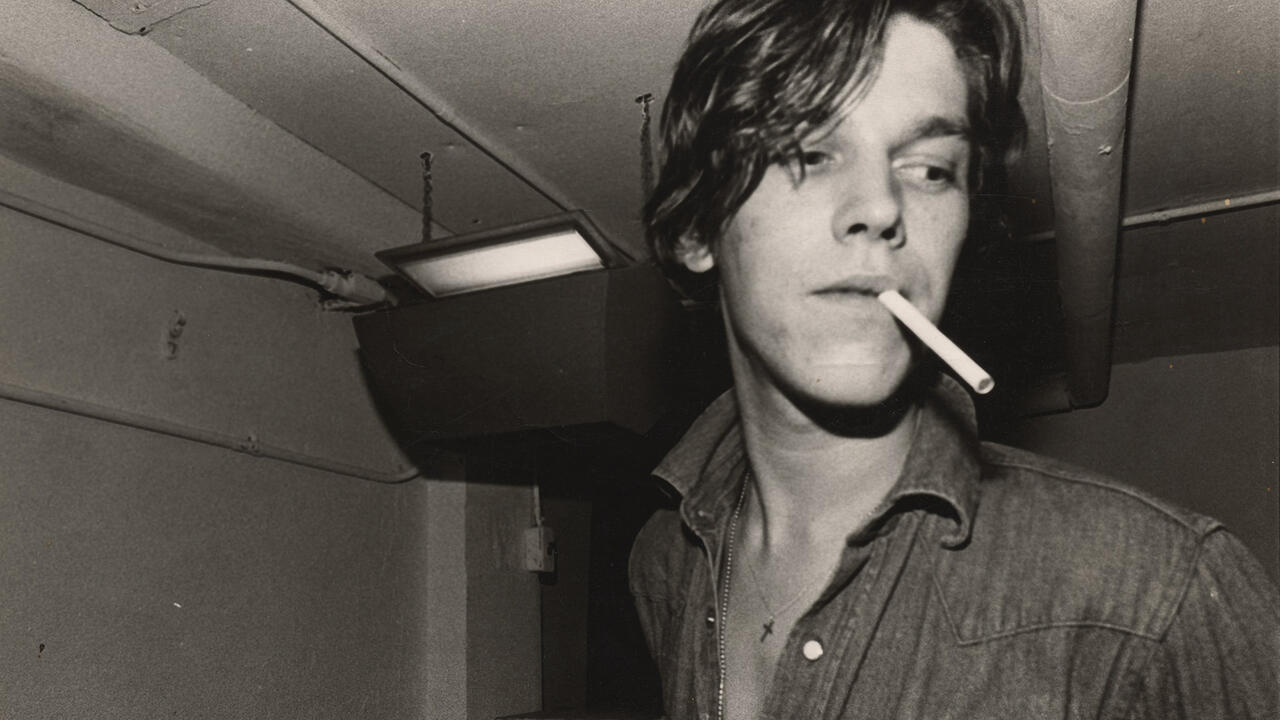Welcome to the Centre of the World: Around the Azores’ Walk & Talk Festival
A three-hour flight west of Lisbon, a setting of emerald landscapes and panoramic ocean views backdrops this annual Summer project
A three-hour flight west of Lisbon, a setting of emerald landscapes and panoramic ocean views backdrops this annual Summer project

A roughly three-hour flight west of Lisbon, the Portuguese Azores archipelago comprises nine volcanic islands lush with forests, streams and birdlife. On the main island, São Miguel, black and white baroque and colonial architecture punctuates an otherwise rural setting of emerald landscapes, hydrangea-lined roads and panoramic ocean views. That is the backdrop for the Walk & Talk festival, founded on the ideas that all things are based on these two actions, and that the Azores are – why not? – at the centre of the world. Taking place in July 2018, it was first established in 2011 as an open-air museum. But it was the Portuguese street artist Vhils (Alexandre Farto) who put the festival on the map. When driving throughout São Miguel you can still spot various murals made during different editions of the festival. Year after year, the festival’s ambitions have expanded, workshops, residencies and other disciplines added, along an ever-growing list of artists.

The charming performance Cut by all sides, open by all corners (2018) by artist Gustavo Ciríaco at the Teatro Micaelense in the Azorean capital Ponta Delgada, invites viewers not only to participate – my group blew balloons and released them as ‘birds’ above other groups who performed as a volcano and ocean – but also to roam through the theatre’s backstage, office and dressing rooms. Ciríaco describes his piece as ‘rhapsodic’, and it is. Like good masseuses, performers softly take care of the transitions between the acts by calling the audience and directing it to follow through the movements of their hands on the walls. The work includes dance, music and singing, and poetic tableaux vivants visible from the stairway or the rooftop.
For the public programme, curator Dani Admiss invited artists to create temporary public art commissions that explore the idea that an island is not a closed system but an open one. Navine G. Khan-Dossos painted the name of Georgiana Leonard on Ponta Delgada harbour using the International Code of Signals, an international maritime signal flag alphabet. In the 19th century, Leonard worked on a whaling ship by posing as a man, crossing the Atlantic. The idea of a coded name visible mainly from the waters has an alluring twist. Islands as laboratory and testing grounds for other places is part of the concept. Another work involving a relationship with the horizon is ‘Atropelos’ by Luiza Prado and Daniel Rourke, titled after the word for ‘writing over’ in Brazilian graffiti culture. The artists pasted political statements on one site, then copied their collaged mural into a poster that becomes the canvas for the next location. A total of three versions are pasted across the island. One site faces the direction of Portugal – referencing colonialism and the notion of discovery – and another looks to the location of the 2003 Azores Summit, where US president George W. Bush declared war against Iraq.

Artist Maya Saravia recreated a green-walled bar on the ground floor of Ponta Delgada’s Cultural Institute. The basement-like venue fittingly embraces the identity of a drinking-hole, named after a bar in Guatemala City called El Olvido (‘oblivion’). The artist associates bars with the hubs and souls of urban neighbourhoods and communities: retreats from the dangers of unstable governments, where news, politics and life are discussed.
As changeable as the local weather, the festival seems to juggle a variety of interests and projects, inviting artists to discover the islands and work with local universities and artisans. In the future, its location alone may not suffice for it to compete with the many other major art events across the globe, though for now, because it keeps ever-renewing, the festival has put the Azores on the art map.
Main image: Navine G. Khan-Dossos’s commision at Ponta Delgada harbour, 2018, installation view, Walk & Talk Festival, Azores. Courtesy: Walk & Talk Festival; photograph: Alvaro Miranda























